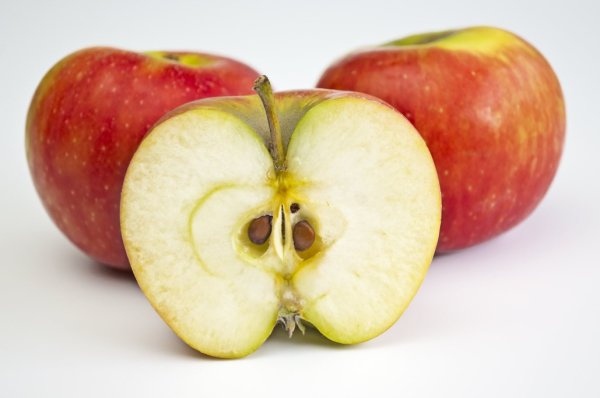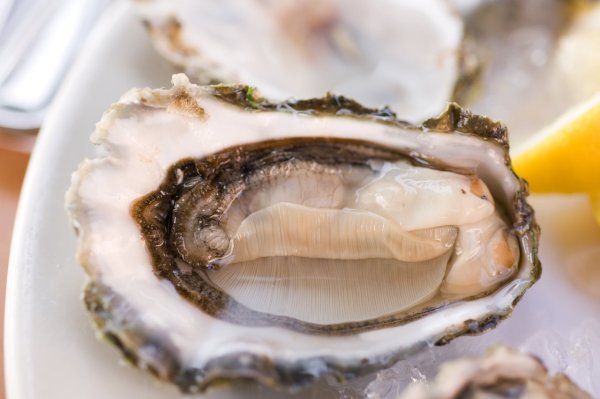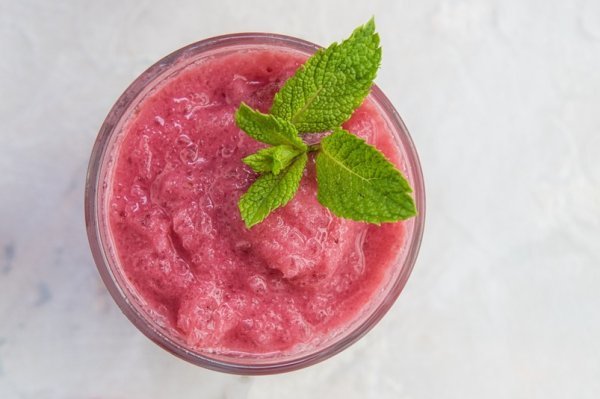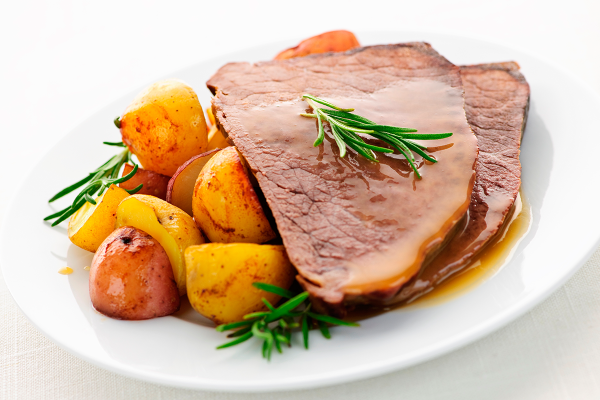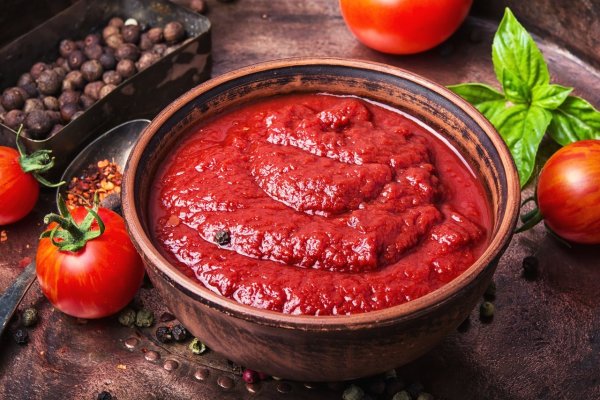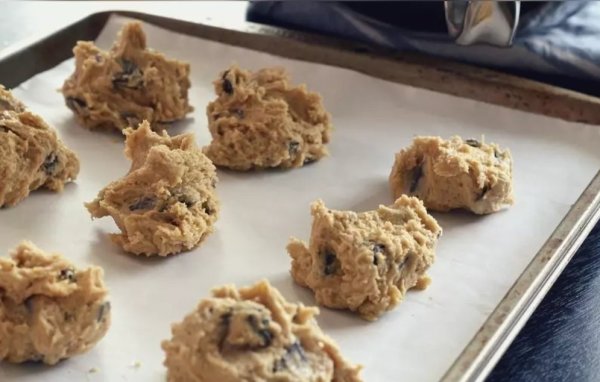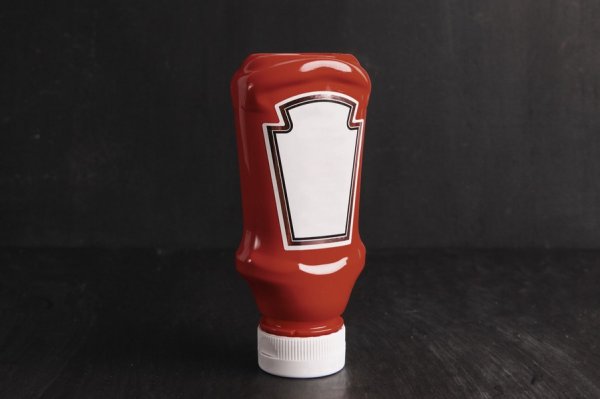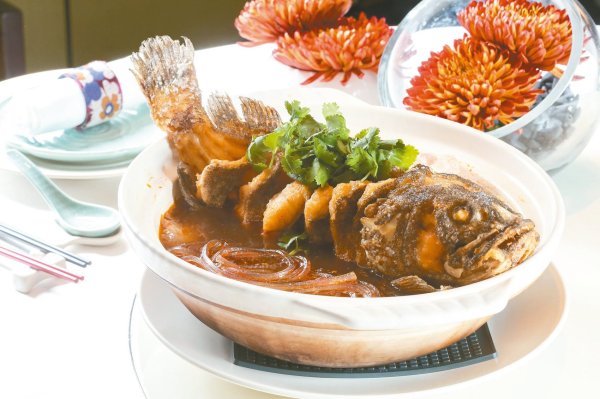How to eat the anti-cancer element sulfate sulfate that enters the blue and white cabbage? Professor: The cooking method is the key
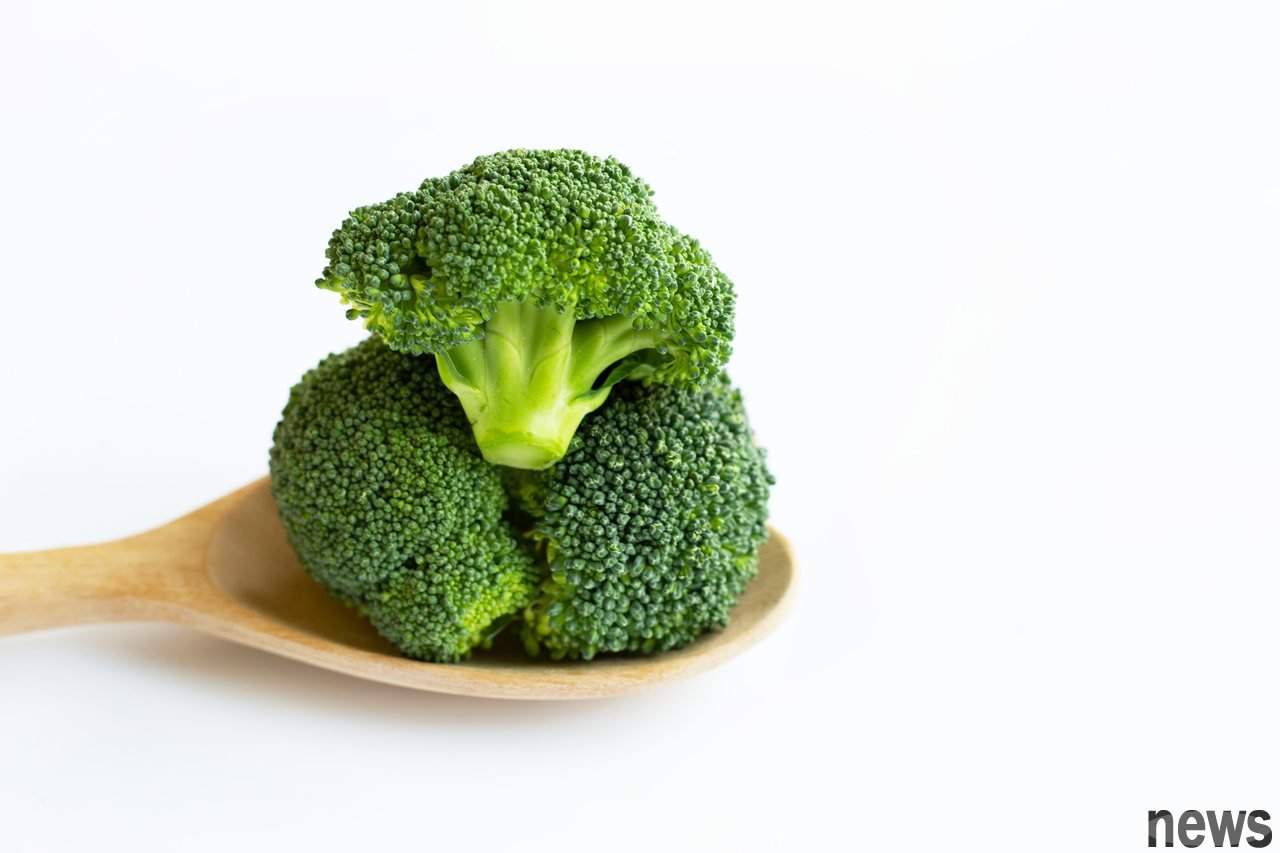
Reader Kathy used the website's "Contact Me" on 2022-12-3 to inquire:
"Want to teach thio to inhibit the DNA in cancer-causing cells? Is there any support from academic research? Thank you!"Regarding thio, I published anti-air pollution on thio on 2018-4-11, the blue and white vegetable sprouts said: "broccoli sprouts) refers to sprouts that are grown from green and white cabbage seeds and sprout for 3 to 5 days. Don’t look at its small figure. In 1997, this product was “ it was ” it was ” in 1997, resulting in a global shortage of green and white cabbage seeds. The reason is very simple, because the New York Times published Researchers Find a Concentrated Anticancer Substance in Broccoli Sprouts on September 16, 1997. This anticancer substance is called glucorophanin (Lycozolin, sulfate sulfide), and when the green cabbage or sulfate sprouts are chewed, glucorophanin will transform into sulfophane (sulfothion), and sulfophane will cause a series of biochemical reactions in our cells, including activating many anti-cancer and anti-inflammatory genes. (Note: Why is 'chewing' a necessary element? Please see my published papaya seeds to cure all diseases? Wasabi, horseradish, mustard). "
I used Sulforaphane yesterday As a title word, I searched in PubMed, a public medical library, and found a total of 1,463 articles. After I limited the types of articles to Review, the number of articles dropped to 101. Here are two articles published this year:
Molecular Pathways Related to Sulforophane as Adjuvant Treatment: A Nanomedicine Perspective in Breast Cancer (Molecular pathways related to thiosulfide as aided treatment: Nanomedicine Medical Perspective in Breast Cancer). Abstract: "Many natural compounds have shown efficacy in the development of novel cancer therapy, including thiothion (1-exylthiocyanate-4-(methylasulfonyl)butane), a compound found in blueberry and other cruciferous vegetables, which can promote key biological processes such as apoptosis, cell cycle cessation, autophagy and inhibition of key signal pathways, such as PI3K/AKT/mTOR in breast cancer cells Pathway. However, one of the main challenges of sulfate treatment is its low solubility in water and oral bioavailability. Therefore, several studies have been conducted using this composite of ingredients in nanoparticles, and the results will be better when combined with chemical drugs. "
Sulforaphane as a potential remedy against cancer: Comprehensive mechanistic review (Sulforaphane as a potential anticancer drug: a comprehensive mechanism review). Abstract: "Santhion is an active anthiocyanate and can provide multiple biological benefits for promoting health and preventing disease. This compound is considered important for reducing multiple propensity disorders. Multiple studies have proven its beneficial effects in preventing cancer. It is important to use it as a therapeutic agent in cancer treatment. Understanding the mechanism pathways and possible interactions at the cell and astronomical levels is the key to designing and developing human cancer therapy. In this regard, many mechanisms, such as carcinogenic quality trophies and The regulation of phase II enzyme activity, cell cycle cessation, Nrf2 activation, cytotoxicity, pro-apoptotic and apoptotic pathways are all related to cancer prevention. "
Although people often hear that green cabbage has anti-cancer effects, in fact, cooking methods will affect the thio content of thio in green cabbage. Please see the following two articles:
2020: Microwave cooking increases sulforaphane level in broccoli. (Microwave cooking will increase the thio content of thio in green cabbage). Abstract: "Syrphthion (SFR) is an anticancer compound formed by hydrolysis of sulforin (GLR) in chlorophyllium. The cooking method has been shown to affect GLR and SFR levels of chlorophyllium, but little is known about the effects of light cooking process on them. In this study, the effects of microwave and low-temperature cooking on GLR and SFR content in chlorophyllium were studied. Both microwave and warm heating increased GLR and SFR levels of chlorophyllium compared to the original samples (without any treatment). In particular, the SFR level was at 40°C The following significantly decreased and increased from 40°C to 60°C, but nothing was detected at 70°C. Compared with traditional heating, microwave heating increased GLR and SFR yields by about 80%. Microwave power levels also affect the content of SFR. At the same temperature (50 and 60°C), short-term high-power microwaves (950 W) produce more than 40% more SFR than low-power microwave treatment (475 W). Therefore, microwave heating can increase the GLR and SFR levels in the broccoli, while the temperature is controlled at 60° high-power microwave heating of C can maintain higher bioavailability of these bioactive compounds in the broccoli. ”
2021: The effect of processing and cooking on glucorophanin and sulforophane in brassica vegetables (the effect of processing and cooking on sulforophane and sulforophane in mossy vegetables). Abstract: "Moss-based vegetables are widely consumed after processing and cooking. These processing and cooking methods affect not only the taste, texture, flavor and nutrients of these vegetables, but also the levels of important biologically active compounds, such as glucosinolates (GLSs). Glucoraphanin (GLR) is the richest GLS, and its hydrolyzed ingredient sulforaphane (SLR) is the most powerful anti-cancer compound among moss-based vegetables. In this summary, we found that different treatments are for GLR The retention of SLR has different effects on the formation of SLR. Specifically, 1) cold soaking can avoid the loss of GLR, short-time microwave, short-time cooking and fermentation promote the biological transformation of GLR to SLR; 2) the maximum loss of GLR and SLR caused by boiling and blanching, while cold soaking significantly protects their loss. 3) The GLR and SLR levels of stir-frying dishes are different under different cooking conditions. ”
Original text: 花花花花花花花花花花花花花花花花花花花花花花花花花花花花花花花花花花花花花花花花花花花花花花花花花花花花花花花花花花花花花花花花花花花花花花花花花花花花花花花花花花花花花花花花花花花花花花花花花花花花花花花花花花花花花花花花花花花花花花花花花花花花花花






